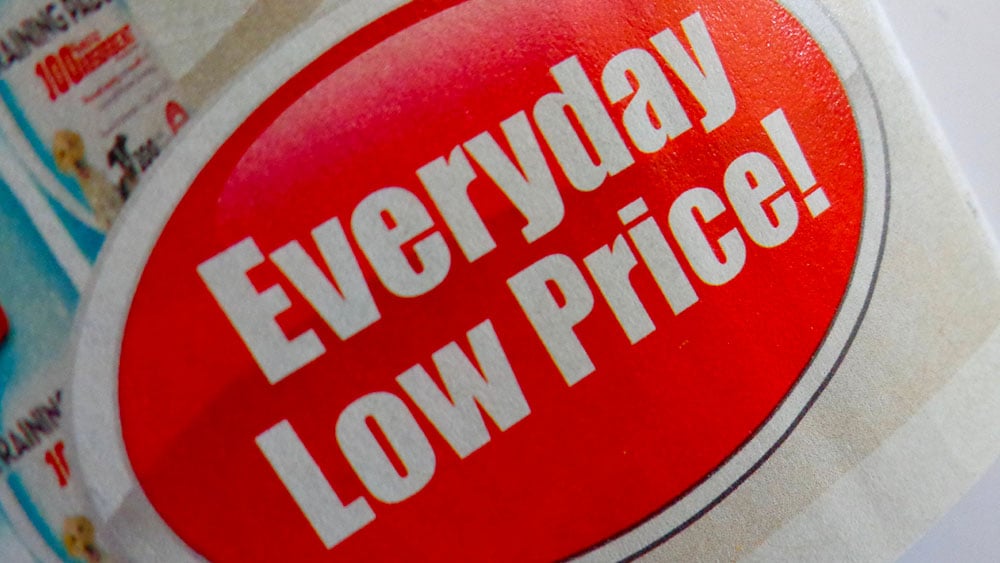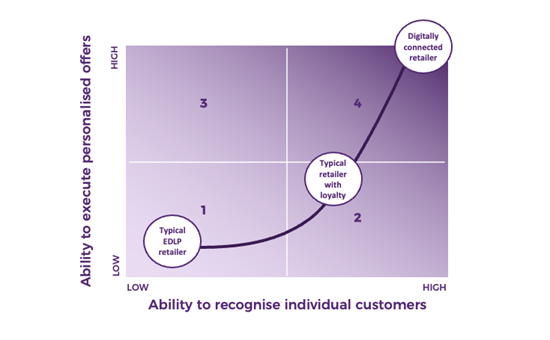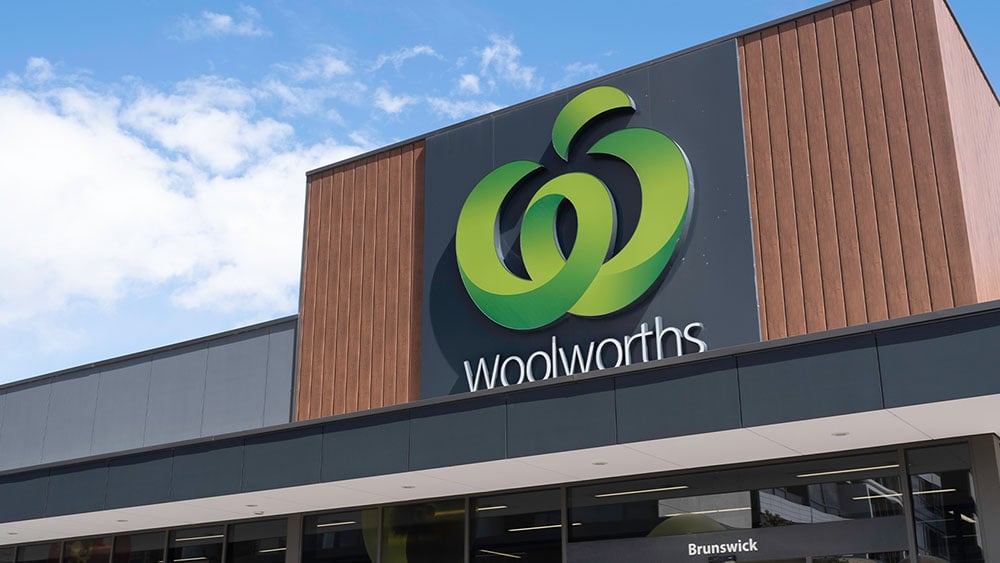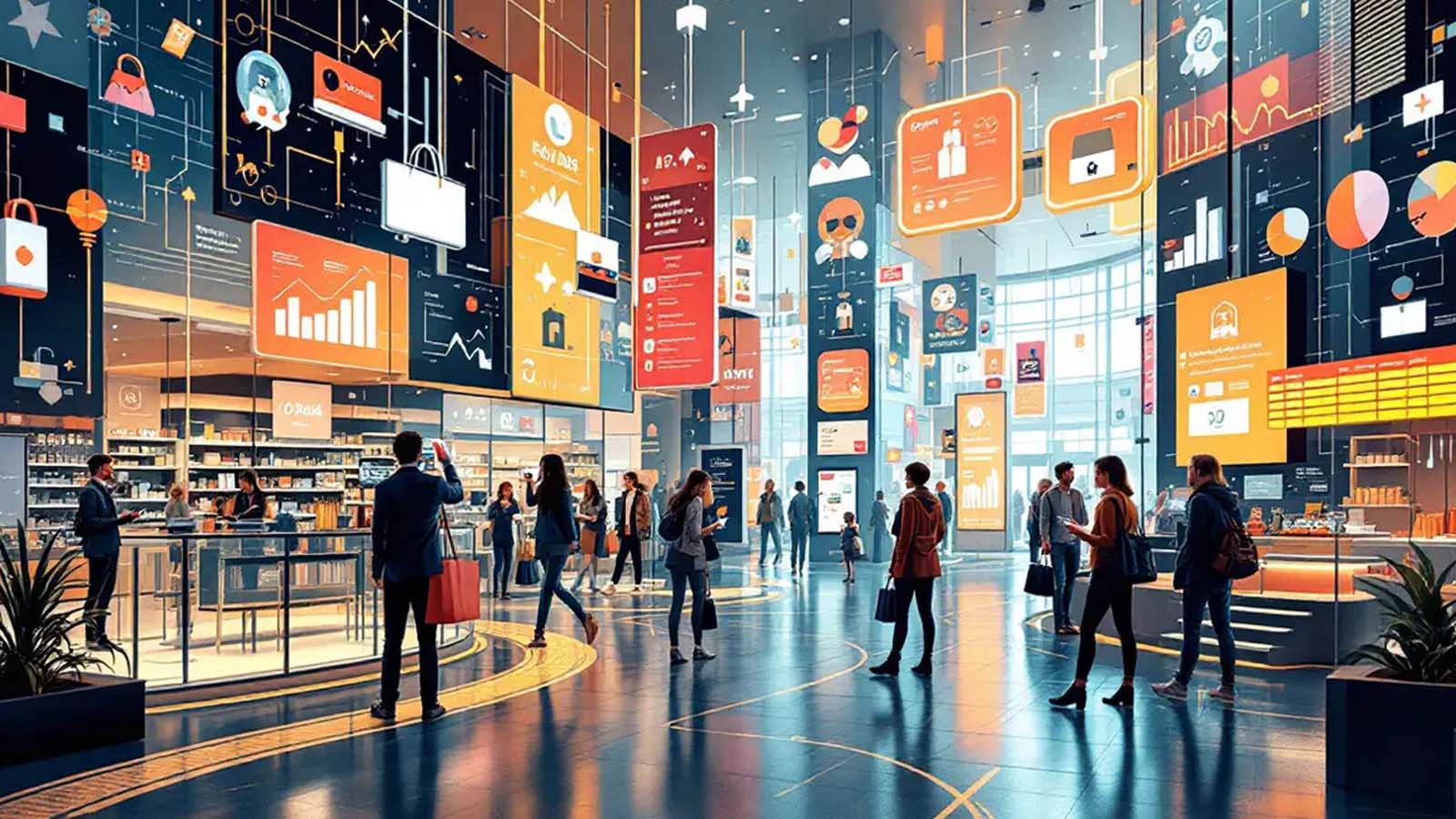5 min read
Retail Pharmacy – Digital Personalization Beckons…
Why now is the time for digital personalization in pharmacy. Discover how loyalty tech is driving omnichannel engagement.
Get the latest insights, research and news delivered straight to your inbox.
Plus, enter to win the 2nd edition of Omnichannel Retail by Tim Mason & Sarah Jarvis!
No spam. We promise. 💜
Featured Case Study:
See how Eagle Eye helped Giant Eagle relaunch myPerks, delivering 25M+ personalized offers monthly and boosting loyalty program ROI.
Contact us to find out how we can enable your teams on our platform.

3 min read
 Jonathan Reeve
on
7 May, 2021
Jonathan Reeve
on
7 May, 2021

Everyday Low Price! Many successful retailers place everyday low price (“EDLP”) at the heart of their customer proposition. The likes of Aldi, Bunnings, Ikea, Officeworks, Walmart and The Warehouse commit to providing the lowest prices in their categories. This approach inspires loyalty from customers who trust they do not need to compare prices or wait for sale periods. And the retailer can operate a simpler and cheaper model without the cost and complexity of running loyalty programs or promotional cycles.
However, EDLP retailers now face an existential threat from the rise of digital retailers like Amazon, whose approach is founded on analysing customer data. At the heart of the data-driven approach is a digital connection to individual customers. This connection is what allows the retailer to deliver personalised communications at different stages of the shopping journey. Most EDLP retailers are struggling to get started with personalisation because a pure EDLP model provides limited means for collecting individual customer data, for example, through a loyalty program.
My own experience highlights the lost opportunity. I regularly receive emails from EDLP retailers about products that hold little interest because the retailer knows my email address but cannot link this identity to my in-store shopping history. However, I am much more likely to open emails from Amazon, Coles and Woolworths, whom all use my shopping history to personalise my emails.
There are two critical ingredients for an omnichannel retailer seeking to transition to real-time personalisation at scale:
Some retailers have overcome this systems bottleneck by managing their digital marketing programs in the cloud. When a customer presents at the checkout, the retailer's POS calls the platform in real-time. The platform checks the customer's entitlement and responds immediately to confirm the adjustment that the POS should apply. The matrix below highlights where most omnichannel retailers sit on the path to personalization at scale.

In the bottom left, #1 quadrant, sit EDLP retailers with no loyalty program. Aldi faces precisely this challenge. With no loyalty program or other means of recognizing its customers, it is unable to create a connection and observe what individual customers are buying in its physical stores.
Most retailers with loyalty programs sit in quadrant #2 – they have a connection with many of their customers through the loyalty program and have analytics teams who can provide insights about these customers. However, they are held back by legacy systems - if they wanted to run a one-to-one marketing program, their technology wouldn't allow them to deliver it at the checkout.
A few digital marketing leaders combine the ability to identify customer-level data and the ability to issue real-time personalized offers, allowing them to deliver personalized digital campaigns at scale to in-store customers. These offers need not be a loyalty "earn" or promotional discount – they just need to give the customer a reason to be recognized. Some examples used by Eagle Eye’s clients that do not break an EDLP price promise include:
When the customer of one of these retailers presents at the checkout, the POS makes a sub-second call to Eagle Eye’s cloud computing engine to execute the personalised program. These retailers can now give their individual customers a “reason to be recognised” without operating a loyalty program or discount or adversely impacting their existing supplier trading terms.
I have experienced technology-driven retail transformation before, having worked for Tesco.com in the early years of online retail in 2001. Several EDLP players got left behind because they didn't see quickly enough how they might integrate the new technology into their businesses to improve customers' lives. I believe the application of digital technology to physical stores will be just as transforming for store retail as e-commerce was twenty years ago.
Will we see history repeat itself with some EDLP players being reluctant to invest in the full potential of digital technology to improve the shopping experience? Or will they avoid mistakes of the past and capitalise on the potential of in-store personalisation to create value for customers and earn their long-term loyalty?
Only time will tell.
Get the latest insights, research, and news delivered straight to your inbox.
Plus, enter to win the 2nd edition of Omnichannel Retail by Tim Mason & Sarah Jarvis!
No spam. We promise. 💜

5 min read
Why now is the time for digital personalization in pharmacy. Discover how loyalty tech is driving omnichannel engagement.

2 min read
Insights on two crucial aspects of Woolworths' Everyday Extra Subscription: The customer proposition and the technology behind it.

4 min read
See how personalized experiences are reshaping loyalty strategies and fueling retail media success through relevance, engagement, and first-party data.